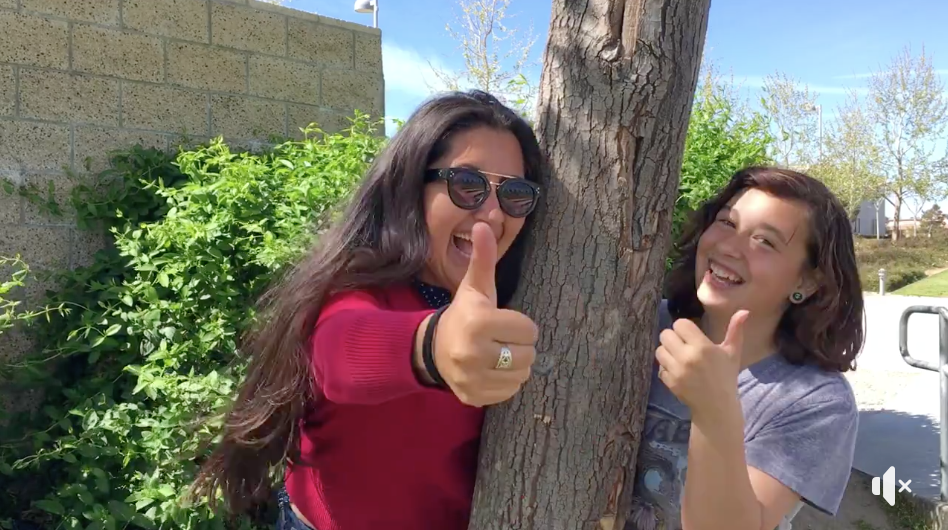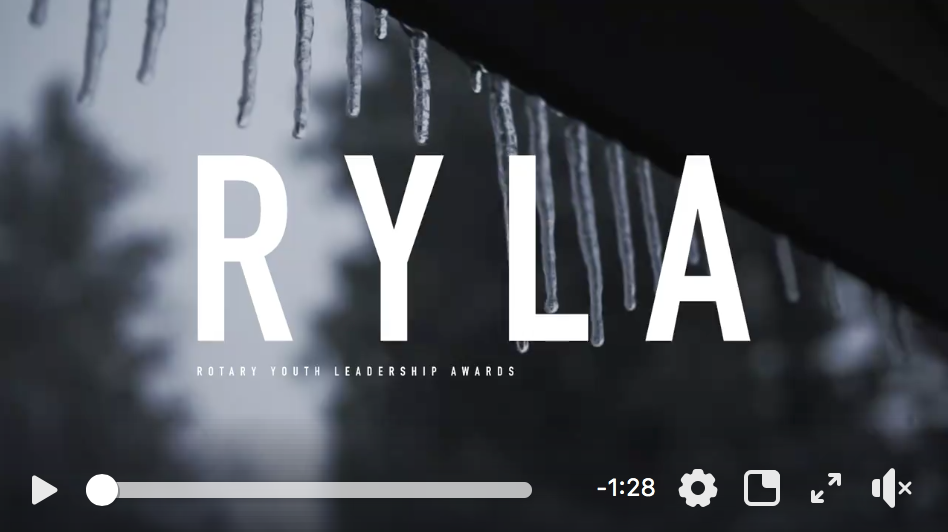The Chino Rotary Club had an amazing April as we helped to support a Honduras Water Project, hosted our Stepping Up for Boys program, gave $2,500 to Chino Valley Unified School Teachers via the Mini-Grant program, had four craft talks, Arianna Fajardo shared her experience so far with Big Brothers Big Sisters and CP Phan created an amazing video from his experience at RYLA.
WASH in Schools Target Challenge
Our club is excited to be supporting the San Pedro Sula Rotary Club in Honduras on Rotary International’s pilot project WASH in Schools. The San Pedro Sula RC and other four clubs in Honduras were awarded a total amount of $500,000 as a global grant in order to provide hydrosanitary infrastructure, drinking water and education training for health for 31 schools in Honduras! You can read more about the project at https://my.rotary.org/en/wash-
Stepping Up for Boys
I believe this is the third year the Chino Rotary Club has sponsored the Stepping Up for Boys program and it was a tremendous success. On April 21, more than one hundred 6th grade students attended the Stepping Up for Boys program which helps young students transition from elementary school to junior high school.
The program has been a phenomenal success. Thank you to everyone who was involved and thank you to everyone participated.
$2,500 in Debbie Wilson Teacher Mini-Grants
On April 25, the CHINO ROTARY CLUB awarded $2,500 to Chino Valley Unified School District teachers via the Debbie Bentley Wilson Teacher Mini-Grant program. Below is a list of teachers and the projects they planned to use the funds for:
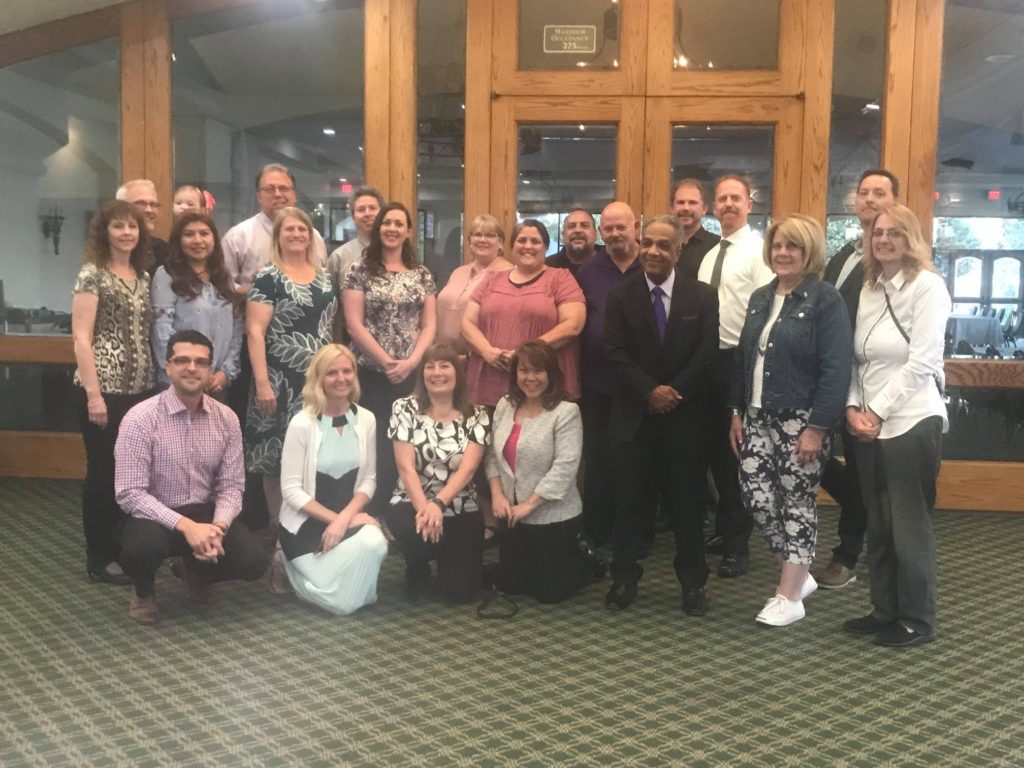
2018 Debbie Wilson Teacher Mini-Grant Award Winners
Congratulations to:
Patrick Wood – Students will engage in model rocket testing and engineering as part of a unit capstone project that teaches Conservation of Momentum and Energy, Newton’s Laws of Motion, and Engineering Practices (NGSS).
Rebecca Reger & LauraLee Zuber – All third grade students will fully engage with science phenomena by participating in hands-on activities in order to deepen their understanding of grade level science standards. Students will witness the birth and development of baby chicks, butterflies, tadpoles, and ladybugs (NGSS standard 3-LS1,2,3). We have already purchased incubators and acquired fertile chicken eggs. Students will candle eggs at day 7 and day 14 to observe signs of life and movement. Then they will begin to witness signs of hatching around day 21 (peeping and pecking). They will observe the chicks as they hatch and grow into mature chickens, observing and noting heritable traits. Students will document and make models of different animal life cycles, including butterflies and tadpoles as they metamorphis into their adult stages. Throughout these lessons, students will analyze the similarities and differences between different animal species, including ladybugs. Students will design and perform experiments with magnets, including magnetic slime (NGSS standard 3-3PS2). Students will be amazed as they use magnetic forces to make a paperclip levitate or observe their magnetic slime “eating” a neodymium magnet while simultaneously learning about reactions within the slime. At this time, the state of CA has no adopted science curriculum to support the new Next Generation Science Standards. These materials will provide hands-on experiences for students with the newly adopted standards.
Jason Davis – Students will use the Lego Education MINDSTORMS EV3 Space Exploration Set to enhance and extend their understanding of robotics. By adding this set to our existing robotics program, students will simulate a mission to explore the harsh surface of Mars – right in the classroom!
Brianda Reyes – I want to integrate more hands on activities for all subjects. I want to be able to purchase or create learning activities for my students to become motivated to learn.
Chuck Pope – Each year we invite over 100 Veterans to attend an Oral History Day with th whole Junior Class. The students conduct interviews of one Veteran over a 3 hour period. They then must write a thank You Letter and an essay report on the experience.
Tracy Buss – The students have been learning about the life cycle of plants. We also researched plants and what types of fruits and vegetables will grow in our area during each season. Students have planted various winter lettuces and leaf vegetables. We want to harvest our vegetables and create recipes using our vegetables. We will then create a restaurant with the recipes. We will use the money skills we are learning in math to create a menu with prices. Students will make the food and serve it to the parents. We have already harvested and frozen butternut squash for soup and lemons for lemonade. We are going to create a soup and salad menu. The problem is that our irrigation system is in dire straights. Skateboarders damaged the sprinkler system in our garden. We have the basic irrigation system, but need to have the sprinklers repaired.
Ashley Rist – I would like to create a mobile green screen “kit” to provide our school with green screen technology. Green screens are used to super impose images into a background, and combined with additional pictures, animations, and media. The use of green screen tech is easy for teachers to use and teach the students to help them create engaging and fun 21st century technology for all elementary school students!
Paula Stow – With a Breakout EDU kit, I can turn my classroom into an academically-focused escape room and facilitate games where players use teamwork and critical thinking to solve a series of challenging puzzles in order to open the locked box.
Laura Grissom – The following information will be distributed to the class in some way (there is a printable document included in the file). It could be a PowerPoint slide. The purpose of the background story is to just to add a fun element. If you elect to, you could even decorate the room to correspond to the zombie theme. I’ve even thought about making a SAW like video or recording to add a sinister feel to the experience.
A former AP student, who is disgruntled from having received a 2 on the English Language and Composition Test in 2012, has locked you all into the room you are now in and has released a virus into the ventilation system. (Here you could elect to trigger a fog machine if you have one). If you do not find the cure in approximately 50 mins (this of course can be altered depending on adding or subtracting steps), you will all turn into brain-dead, Brussel-sprout-eating zombies who will score no higher than a 1 on your upcoming test. Good luck.
Step One: Take the Gatsby AP test to obtain the combination to the key lock. (I shorted the original test (also include in the file) for time sake. Any test could work here.) I’ve assigned each answer a point value. I then used the added points to create a combination for my number lock (ordered from Amazon).
Step Two: Use the correct combination to unlock key (realtor) lock (somewhere in the room) in order to obtain the key.
You could of course use the key to anything in the room that locks.
Step Three: Use the key to unlock the locked cabinet/drawer that hides the combination to the locked tool box, which contains an encrypted message. The real combination is written with a black light marker and then masked by shaded pencil numbers. I’ve taped this clue to the bottom of my empty file cabinet drawer. The clue says “hides” and a black light flash light is in the drawer with the combination, but I’m allowing the students no other clues than that for this step.
Step Four: Use the combination (158) to unlock the tool box lock and decode a question. The answer to that question is the password to a computer file found on the classroom computer desktop. The question is written in WWI code (just the first letter of each word). You can use any combination lock/box combo.
Step Five: Locate the computer document and access it via the password discovered in Step Four. The computer document contains literary term questions. If you can successfully answer the questions using the blank spaces provided, the special spaces will reveal a word. This word is the password to the cure – its use will ensure success in getting a passing score on the AP exam. I placed a key icon shortcut directly on my laptop desktop and labeled with the word “zombie.”
Step Six: Use the antidotal word to unlock the word lock to obtain the cure. Please administer the cure to each student in the room to eradicate the virus and prevent it from spreading to your loved ones outside these walls. Again, good luck. The antidote could of course be anything, but I am electing to use candy.
Roseann Graff – I would like to purchase materials to create a weekly Creativity Lab in my classroom using STEM, STEAM, and Makerspace.
All of which received $250 Debbie Wilson Mini-Grants. Thank you for sharing your projects with us and making such a positive impact in the lives of youth in our community.
Four Craft Talks:
This month we had craft talks from Gene Hernandez, Chris Foster, Al McCombs and Rick Bui. Loved learning about the lives of these remarkable human beings. Want to know why Rotary is the best of the best? Look at these folks.
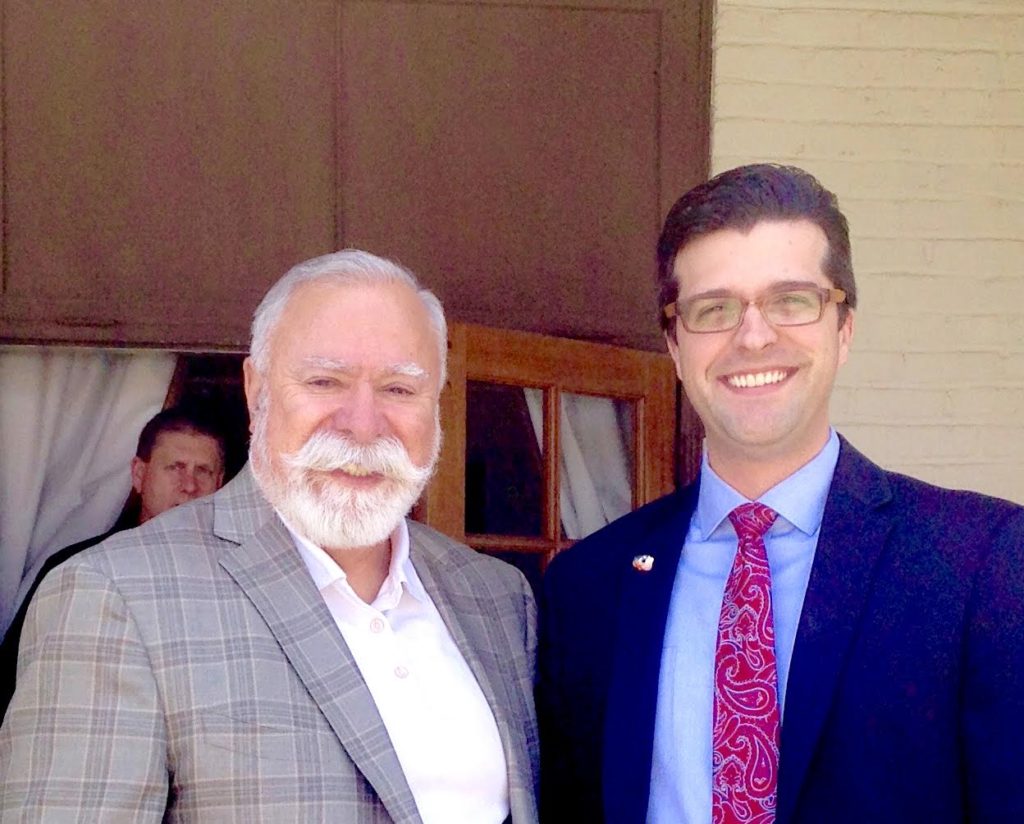
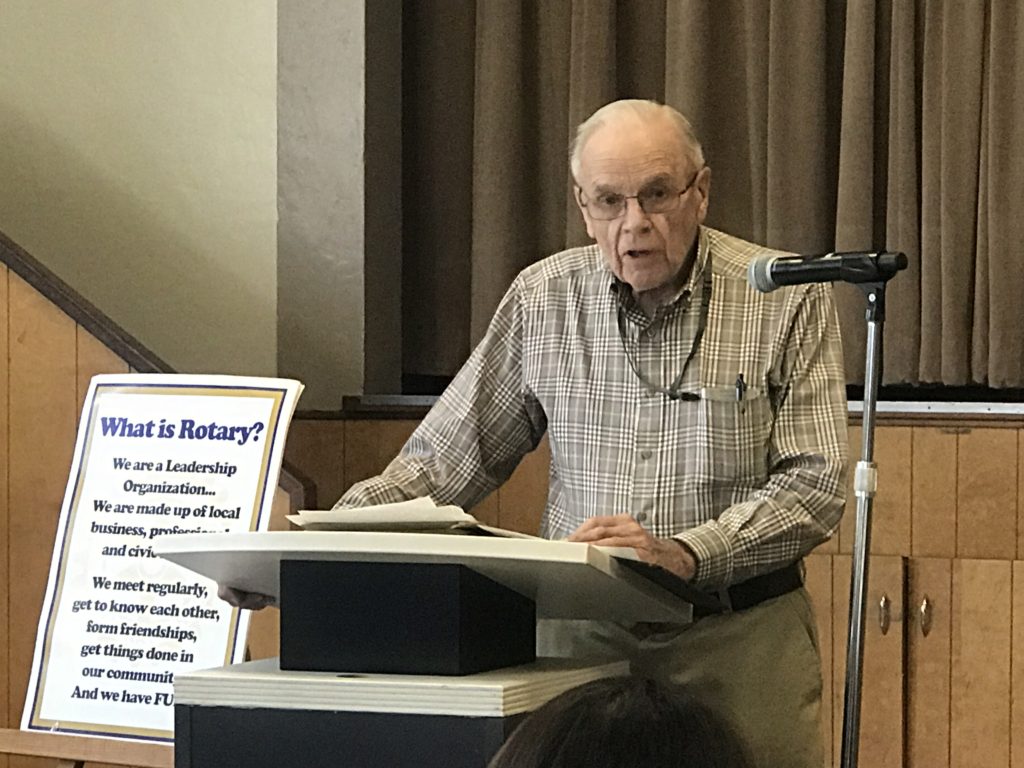
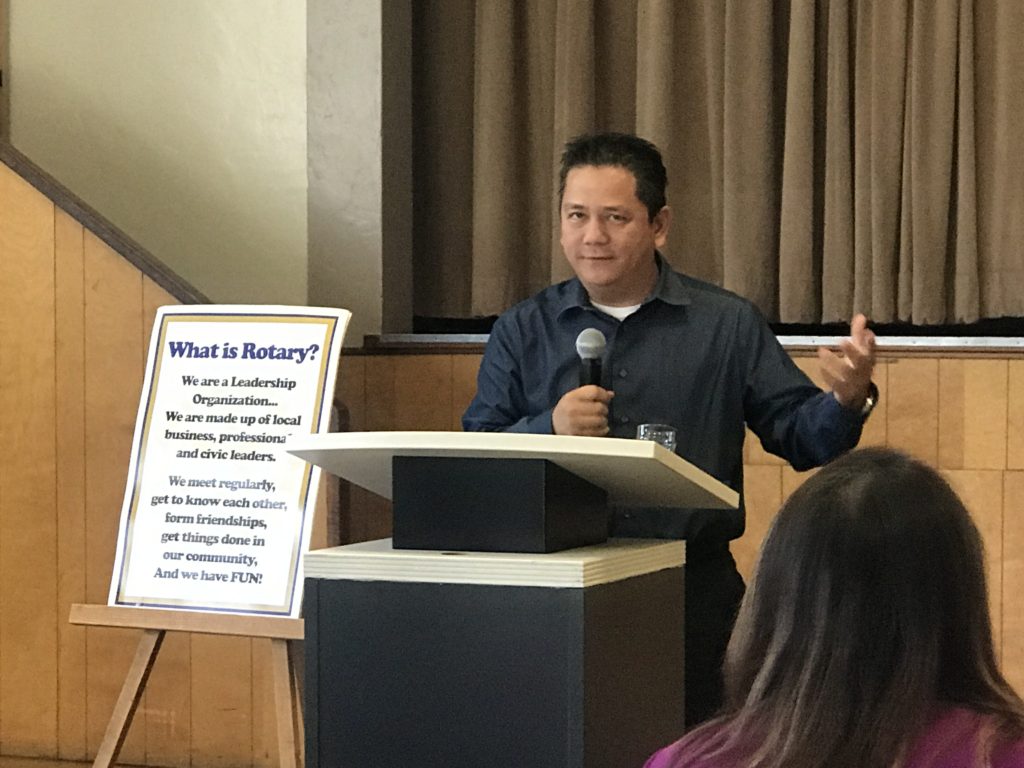
Arianna Fajardo and Big Brothers Big Sisters:
Arianna Fajardo joined Big Brothers Big Sisters during one of her first meetings attending the Chino Rotary Club. She’s now been a Big Sister for over a year and her Little Sister and her decided to create a video about their experience in Big Brothers Big Sisters so far. We’re so proud of Arianna for the impact she’s making through the Chino Rotary Club and Big Brothers Big Sisters.
Watch the video here –
CP Phan’s RYLA Video:
Lastly, CP Phan and Linda Perla attended RYLA in March and CP Phan created this amazing video for the event. Everyone in Rotary talks about how impactful the RYLA program is and CP decided to document it. Check out CP’s video here –
